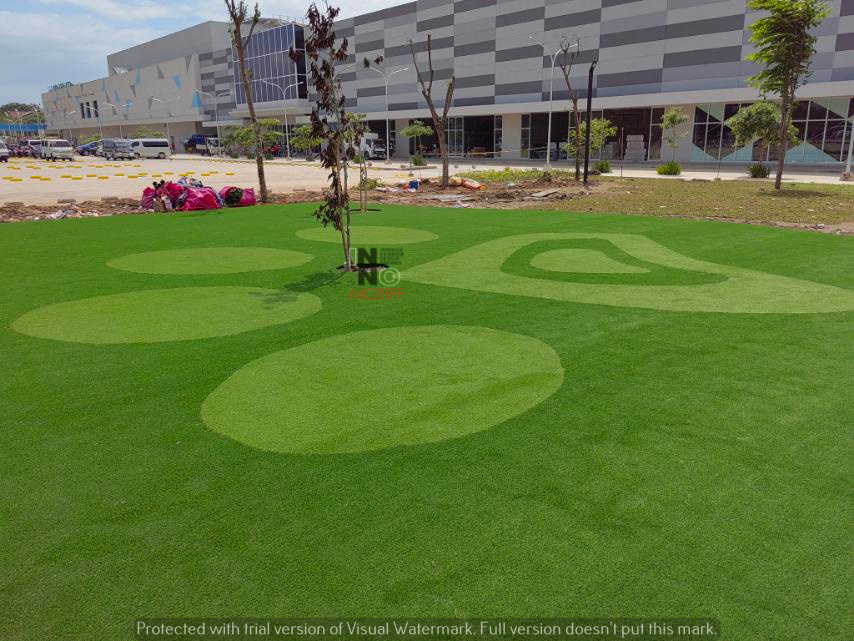Tree maintenance is crucial for ensuring the health and aesthetic appeal of your trees. Among the various techniques available, tree pollarding and pruning are two popular methods. While both aim to enhance tree health and manage growth, they are distinct in their approaches and outcomes. This blog explores the key differences between tree pollarding and pruning, helping you choose the best method for your trees.
What is Tree Pollarding?
Tree pollarding is a specialized tree maintenance technique that involves cutting back all limbs to the main trunk. This method is typically performed at regular intervals, often every few years, to control the size and shape of a tree. Originating from ancient practices, pollarding helps manage tree growth and extends the tree’s lifespan by encouraging new lateral branches to sprout.
Pollarding is particularly useful for trees planted in restricted spaces or those that need to be kept small due to proximity to structures. It is also beneficial in areas where safety is a concern, as it helps prevent the risk of falling deadwood.
What is Pruning?
Pruning is a more versatile tree care technique that involves selectively removing specific branches to improve the tree’s health, structure, and appearance. There are several types of pruning, including:
- Crown Thinning: Removing some branches to allow more light and air to penetrate the tree’s canopy.
- Crown Reduction: Reducing the overall size of the tree while maintaining its natural shape.
- Deadwood Removal: Eliminating diseased or dead branches to prevent potential hazards and improve tree health.
Pruning can be done regularly and is essential for maintaining the tree’s well-being, enhancing its natural form, and preventing potential issues.
Key Differences Between Tree Pollarding and Pruning
- Technique: Pollarding involves cutting back all limbs to the main trunk, while pruning is a selective process targeting specific branches.
- Purpose: Pollarding is aimed at controlling tree size and promoting lateral growth, whereas pruning focuses on improving health, structure, and aesthetics.
- Frequency and Timing: Pollarding is typically performed every few years, whereas pruning may be done more frequently based on the tree’s needs and condition.
- Impact on Tree Growth: Pollarding significantly alters the tree’s growth pattern, while pruning maintains or enhances its natural growth.
Benefits of Tree Pollarding
Tree pollarding offers several advantages, including:
- Control of Tree Size: Ideal for trees in restricted spaces or planted close to structures, pollarding helps manage tree size and prevent overgrowth.
- Safety: By reducing the risk of falling deadwood, pollarding enhances safety in areas where the tree might pose a hazard.
- Extended Lifespan: Managing growth through pollarding can lead to a longer, healthier life for the tree by encouraging new growth and reducing stress.
Benefits of Tree Pruning
Pruning provides various benefits, such as:
- Improved Tree Health: Removing diseased or damaged branches helps prevent the spread of disease and promotes overall tree health.
- Enhanced Appearance: Pruning improves the tree’s shape and structure, contributing to its aesthetic appeal.
- Better Air Circulation: Thinning the canopy allows for better air circulation and sunlight penetration, which can improve the tree’s overall health.
Professional Tree Care Services
For optimal results, it is crucial to hire professional tree care services. Certified arborists have the expertise to assess your tree’s condition and implement the appropriate maintenance techniques. They can ensure that pollarding or pruning is performed correctly, minimizing risks and maximizing benefits.
Takeaway
Both tree pollarding and pruning are valuable techniques for maintaining healthy, attractive trees. Understanding their key differences and benefits can help you make the right choice for your tree care needs. Whether you opt for pollarding to manage size or pruning to enhance health and appearance, professional guidance is essential for achieving the best results.










